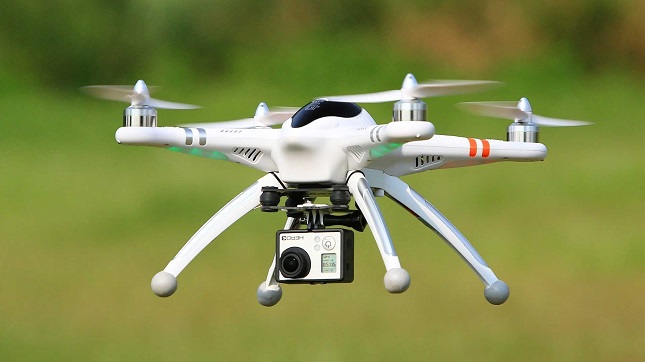
According to the draft law, unmanned aircraft are to be registered, and “the person remote controlling the aircraft must permanently carry the registration certificate.” This type of aircraft will be also able to perform flights “without prior permission of the administrative authority that carries out the implementation and realization of civil aviation policies, but only in specifically reserved areas.”
Contacted by Media Azi, Sergiu Marzac, the head of the CAA regulations department, confirmed that the concept of unmanned aircraft means drones. “Moldovan legislation must be adapted to European standards, and most countries tend to regulate the activity of holders of drones. Since the current regulatory framework does not regulate aspects related to drones, it was necessary to introduce them into the new Aviation Code. Drone footage for non-commercial purposes will not require authorization; authorization will be necessary in commercial cases. In our view, the draft law will not restrict the work of journalists,” Sergiu Marzac told us.
We asked the CAA representative to explain what is meant by “areas specifically reserved for flights,” and he advised us to refer to Order 933 of the CAA of 4 May 2016, establishing areas where unmanned aircraft are prohibited. The document stipulates that “the airspace of the Republic of Moldova, Chisinau FIR, Class C, shall be deemed prohibited area.”
We entered the portal of the air navigation provider in Moldova, MoldATSA, www.moldatsa.md, where we found the explanation: “Chisinau FIR includes entire airspace of Republic of Moldova from ground up to FL 660,” and that FL 660 is 20 km.
What do the journalists who use drones think about these provisions of the draft Air Code? Here is the comment of the editor-in-chief of Agora.md portal, Victoria Dumbrava.
“We've been seeing the argument that amendment of laws and adoption of codes transposes European rules into national legislation in the majority of initiatives recently. I’m thinking that national authorities might have even transformed this transposing process into a shield to protect certain interests. It is true for the Air Code of Moldova, too. In the explanatory note to the draft law the authors admit that there is no unified regulation at European level regarding the use of unmanned aircraft (including drones), but because there are concerns at national level, the draft law comes to establish rules for their use in Moldova. Security issues are invoked. But no qualitative or quantitative analysis is presented, with clear indicators saying that the use of drones might cause harm, damage or bodily injury. There are not even elementary statistics on how many drones there are in Moldova. It is known, however, that in recent years drones have been used in investigations, journalistic reports, and the footage revealed the luxurious properties of public officials or information that put them into not quite comfortable situations. For media outlets, especially for journalists who use drones in their work, these new conditions in the draft Air Code could become a bureaucratic burden, but also a limitation of access to information. New rules on the use of drones concern freedom of expression, public interest and the privacy of person. However, a professional journalist will know where the limit between them is."
The project has been endorsed by the Ministry of Justice and the National Anticorruption Center.
Photo source: www.allthingsmalibu.com










